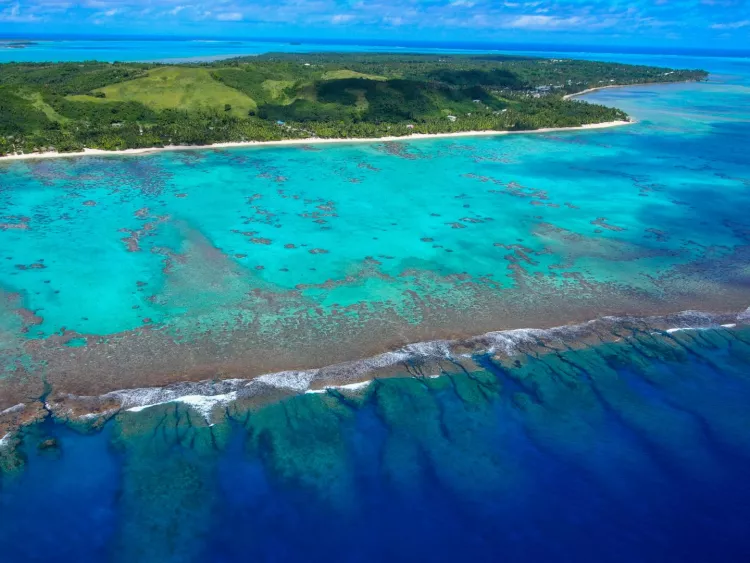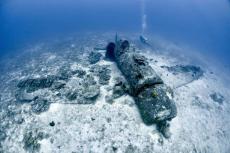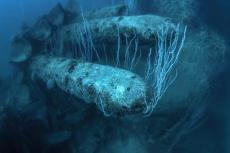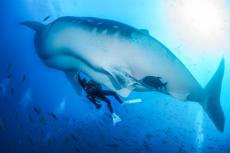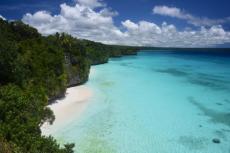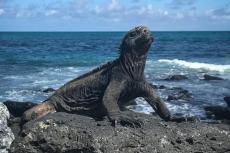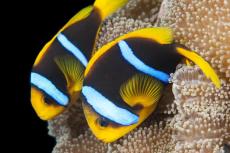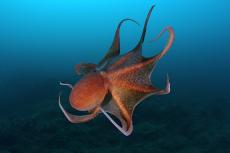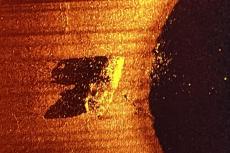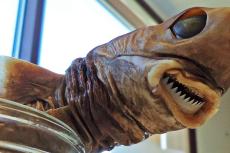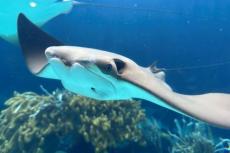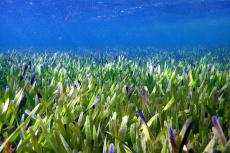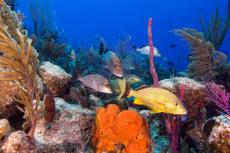Coral reefs in the Cook Islands are in good shape
The Khaled bin Sultan Living Oceans Foundation has published its assessment of coral reef health and resiliency in the Cook Islands
Released earlier this month, the Global Reef Expedition: Cook Islands Final Report contains critical information on the health and resiliency of coral reef ecosystems in the Cook Islands.
Many reefs in good shape
The report contains a comprehensive summary of the research findings from the Global Reef Expedition—the largest coral reef survey and mapping expedition in history. Scientists on the expedition found that many coral reefs in the Cook Islands were in good shape, with high coral cover and diverse and abundant fish communities. For the most part, reefs in remote areas tended to be healthier than those near population centers.
COTS a problem
But while the reefs surrounding Palmerston Atoll were healthy, and the reefs in Rarotonga were doing alright, Aitutaki’s corals were being ravaged by an outbreak of crown-of-thorns starfish (COTS). The reef was in crisis. In some places in Aitutaki, one of the more popular island destinations in the Cook Islands, crown-of-thorns starfish had damaged 80-99% of coral on the seafloor. “We couldn’t help but intervene,” said Alexandra Dempsey, the Director of Science Management at the Foundation and one of the report’s authors.
Over the course of a few days, scientific divers on the Global Reef Expedition collected 540 COTS from reefs around Aitutaki. When scientists later returned to Aitutaki, they noted that healthy fish populations and a diverse coral community allowed new coral to settle and grow on damaged reefs, beginning the process of recovery.
The Cook Islands is regarded as a global leader in marine conservation, most notably for establishing Marae Moana marine park and expanding it to include all of their waters. The development of a zoning plan for the marine protected area is currently underway to determine which activities will be allowed where.
- Log in to post comments


